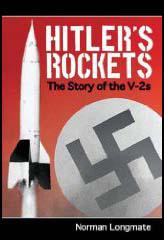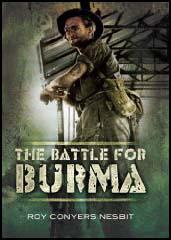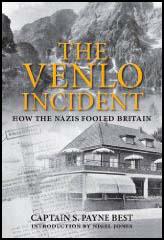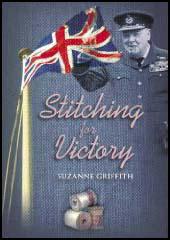Spartacus Review
Volume 41: 27th January, 2010
Second World War

Title: Hitler's Rockets
Author: Norman Longmate
Editor:
Publisher: Skyhorse Publishing
Price: £14.99
Bookshop: Amazon
Spartacus Website: V-2 Flying Bombs
Category:
In 1942 and 1943, rumors began to circulate in Britain about a “giant rocket” that the Germans were devising to destroy London. Most experts declared similar weapons a scientific impossibility, but between 1944 and 1945, more than a thousand of these rockets exploded down on British soil, killing nearly 3,000 people and injuring another 6,000. Hitler’s Rockets tells the story of this technically brilliant but morally detestable weapon, the ancestor and forerunner of all subsequent ballistic missiles. An absorbing story of war and science, this is the kind of serious history that entertains like the best kind of fiction.

Title: The Battle of Burma
Author: Roy Conyers Nesbit
Editor:
Publisher: Pen & Sword
Price: £25.00
Bookshop: Amazon
Spartacus Website: Burma
Category:
The struggle of British, Commonwealth and American-Chinese troops against the Japanese in Burma was one of the decisive campaigns of the Second World War. British India was threatened by the Japanese advance, the fate of the British Empire in the East hung in the balance. The tropical climate – dense malarial jungle infested with vermin and swept by monsoon rains – made the fighting, for both sides, a remarkable feat of arms. Yet the war in Burma rarely receives the attention it deserves. Roy C. Nesbit, in this highly illustrated account, traces the entire course of the campaign. In vivid detail he describes the British retreat and humiliation at the hands of the Japanese invaders in 1942. The Japanese were fanatical and trained in jungle warfare, well-equipped and backed with an overwhelming air power. The Allied response was to build up their forces on a massive scale – eventually over 1,300,000 personnel were involved – and to train them to fight in the jungle conditions. Their counter-offensive, launched in 1944, culminated in the battles at Imphal and Kohima which turned the course of the conflict, and the reconquest of Burma was achieved just before the atom bomb was dropped.

Title: The Venlo Incident
Author: S. Payne Best
Editor:
Publisher: Frontline Books
Price: £19.99
Bookshop: Amazon
Spartacus Website: July Plot
Category:
In November 1939, the Nazis used the so-called Venlo Incident as a pretext for invading the Netherlands. Following orders from Himmler, two British intelligence officers, Sigismund Payne Best and Richard Stevens, were captured from the Café Backus in the town of Venlo. Best had been trying to contact German officers plotting against Hitler. The Netherlands had been an ideal ground for operations, because of its proximity to Germany and the fact that Dutch Intelligence was badly funded. When Best met the three agents including Walter Schellenberg he was carrying with him a list of British agents who were working in Europe. When he arrived at the café, which was just over the Dutch border, he realised he had walked into a trap. A Dutch intelligence officer who accompanied them, Dirk Klop, was fatally wounded. Best and Stevens were taken into Germany. After their Berlin interrogation and torture they were taken to the notorious Sachsenhausen concentration camp. Hitler used the incident together with the Elser bomb plot as an excuse for war with the Netherlands, claiming their involvement with Britain violated their neutrality. As Nigel Jones explains, the incident was crucial in making the British suspicious of dealings with anti-Hitler resistance.

Title: Stitching for Victory
Author: Suzanne Griffith
Editor:
Publisher: History Press
Price: £16.99
Bookshop: Amazon
Spartacus Website: Rationing
Category:
When the Second World War broke out, stitched items suddenly became absolutely vital. A massive production of uniforms and stitched equipment took over factories and raw materials while in the home every scrap of thread was utilised. The stories in these pages are of weddings; parachute drops in the dead of night into enemy territory; lice and mud in the trenches; and, regimental insignia embroidered onto pyjamas until the men came home and secret stitched hidden from brutal guards. This gripping and unusual history offers a glimpse into the courage, endurance, ingenuity and skill of the men, women and children who struggled to survive wartime conditions at home and overseas, and through the hard years of rationing which followed.
